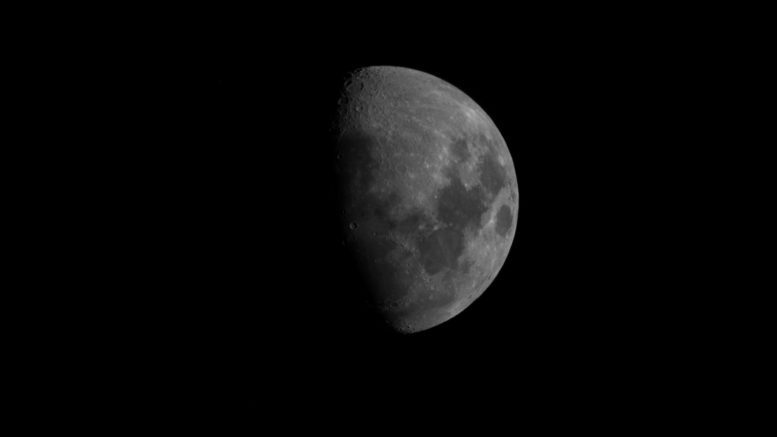With the end of the winter season and start of the spring season, March is the time of change and new beginnings. The Worm Moon of March transitions from Winter to Spring with the Winter Equinox followed by the first Full Moon of the Spring. This is reflected with winter planets, galaxies, and constellations such as Neptune and Orion be visible earlier at night and the spring astronomical highlights, such as Saturn become visible in the early morning.

Meaning Behind The Name
Last Full Moon of Winter
As the Worm Moon is in March, it is usually the last Full Moon before the equinox which can take place on March 19, 20, or 21. In 2019, the Full Worm Moon on March 21 at 01:42 UTC is almost 4 hours after the March equinox on Mar 20 21:58 UTC.
The vernal equinox marks the end of winter, and the start of spring and the Full Moon is named after the earthworms that emerge at this time of year.
There are more around 6,000 earthworm species worldwide. In the US and Canada, there are more than 180 species, and 60 of these are invasive, brought over from Europe, including the night crawler.
The glaciers that spanned across Canada into the northern parts of the US during the last ice age wiped out earthworms. All types of earthworms found in these areas today have been imported, either intentionally by settlers, or accidentally along with plants or in soil used as ballast in ships. In fact, the native forests in these areas do not benefit from earthworms as they eat up the deep layer of slowly decomposing leaves and organic matter covering the soil, known as duff, which is crucial to young trees.
Spring and New Beginnings
The spring equinox has had great cultural significance through the times, and many cultures still celebrate new beginnings, rebirth, purity, cleaning, and chaste or lean living around this time. Another name for the March Full Moon is Lenten Moon. Lenten is derived from Germanic languages and means spring, and has also given name to the Christian Lent period before the Easter celebrations.
Another name is Crust Moon, after the crust which forms on top of snow as it melts and refreezes. Chaste Moon refers to the purity of the spring season, while Crow Moon signifies that crows appear at the end of winter. Sap Moon or Sugar Moon mark the time for harvesting maple syrup from maple tree saps.
Source: https://www.timeanddate.com/astronomy/moon/worm.html
SUPER MOON ON THE SPRING EQUINOX
The March full Moon is particularly special because it reaches its peak on the same day as the spring equinox, on March 20, 2019. The last time the full Moon and the spring equinox coincided this closely (4 hours apart) was in March 2000, but the last time they occurred on the same date was on March 20, 1981!
This full Moon is also a supermoon, meaning the Moon will be nearly at its closest to Earth for the month of March. It’s the year’s third (and final) of three straight full supermoons. This means that the Moon may “appear” brighter and bigger than normal, provided the night sky is clear and dark.
THE FULL MOON AND EASTER
Did you know: Easter Sunday (in the Western Christian Church) is celebrated on the first Sunday after the full Moon that occurs on or just after the vernal equinox.
Since the full Moon AND the vernal equinox both fall on March 20 this year (in North America, at least), you might expect that Easter Sunday would be on the following Sunday, March 24.
However, for simplicity’s sake, the Church set a fixed date for the equinox, March 21.Additionally, the Church does not rely on the date of the astronomical full Moon, but rather the ecclesiastical full Moon, which occurs on the 14th day of the ecclesiastical lunar month. The date of the ecclesiastical full Moon may fall one to two days before the astronomical full Moon. Therefore, because the first full Moon after March 21 doesn’t occur until April 19 this year, Easter Sunday 2019 falls on Sunday, April 21!
(This is not the first time the church’s “set” equinox and astronomy’s “moving” equinox affected Easter’s date; it last happened in 1981 and will happen again in 2038.)

Be the first to comment on "The Worm Moon Of March"